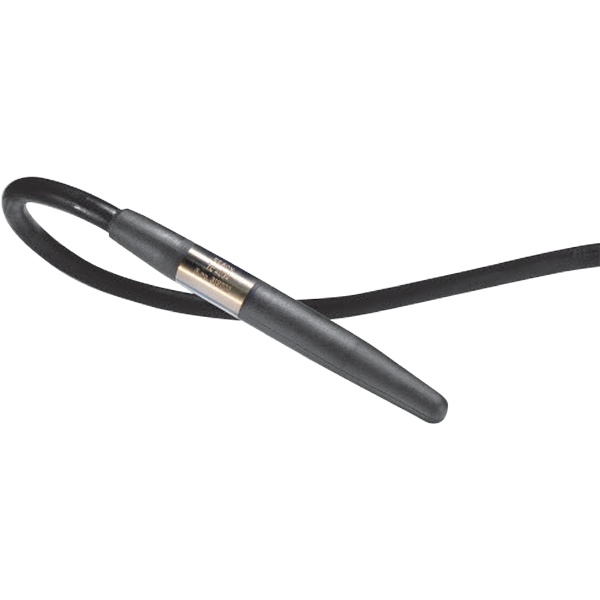Ultra Broadband Spherical Hydrophone
The TC4059 broadband spherical hydrophone provides uniform omnidirectional characteristics over a wide frequency range of 1Hz to 480kHz.
The overall receiving characteristics make the TC4059 an ideal transducer for making absolute underwater sound measurements up to 480kHz. The wide frequency range also makes the TC4059 perfect for calibration purposes, particularly in higher frequencies.
TC4059 is provided with a titanium base with O-ring seals for easy installation on underwater electronic cans or housings.
NBR means Nitrile Rubber
The NBR rubber is first of all resistant to sea and fresh water but also resistant to oil. It is limited resistant to petrol, limited resistant to most acids and will be destroyed by base, strong acids, halogenated hydrocarbons (carbon tetrachloride, trichloroethylene), nitro hydrocarbons (nitrobenzene, aniline), phosphate ester hydraulic fluids, Ketones (MEK, acetone), Ozone and automotive brake fluid.


